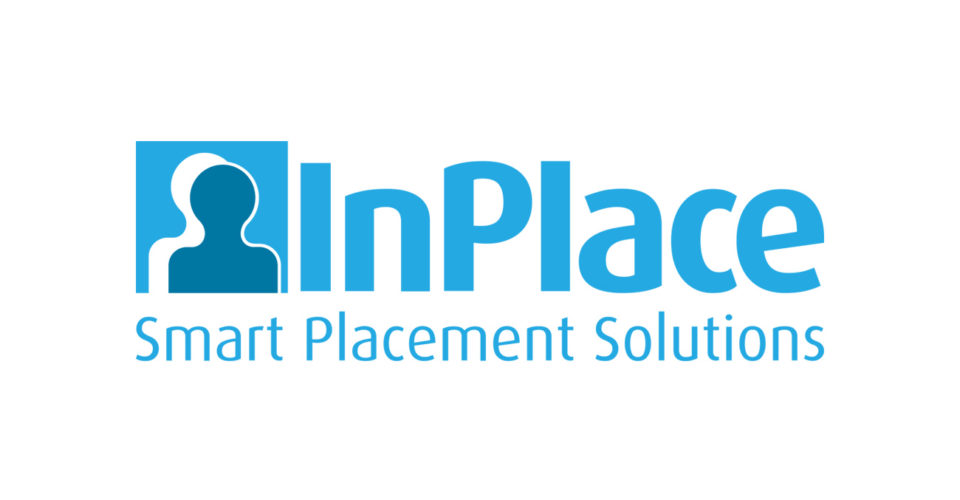At the University of Southern Queensland (USQ), we face an ongoing challenge that will be familiar to anybody working in the tertiary education sector – how do you successfully manage a multi-disciplinary student work placement program, in the most streamlined and cost-effective fashion?
Within our organisation there was an assumption that each department’s process for setting up work placements must be carried out very differently, as a consequence of the disparate disciplines involved.
Upon further inspection, however, we discovered the process involved in identifying and setting up work placements was very similar, regardless of discipline. Our research found the difference lay more in the detail of each individual placement – for instance, the nature of the work, time commitment, expected outcomes, agreement requirements and associated costs.
We asked ourselves the question, ‘What changes could we implement to improve the process for matching students to placements as a long-term strategy?’ The answer seemed obvious – we should look to technology.
Extensive research led us to a software called InPlace – a pioneering student work placement application that seemed to be transforming the Australian and UK tertiary education sectors.
In less than six months from signing the contract, we have successfully implemented InPlace across disciplines as diverse as Education, Health, Paramedicine, Nursing, Human Services, and Sport and Exercise.
This partnership has given us exactly what we were looking for, and enabled us to completely streamline our process. It has enabled internal collaboration between staff from various departments, whereas previously colleagues had been working in silos. As a consequence, we have reduced administration costs and been able to increase placements without additional resources as the administrative workload has reduced.
If used correctly, this kind of technology can provide the ‘glue’ that holds this entire, complex procedure together. And, through its implementation, we have given our staff, students and employers a much more enjoyable user experience.
InPlace now plays a crucial role in the important business of enabling us to produce career-ready students, and dove-tails perfectly with USQ’s commitment to the provision of a high-quality, 21st century learning environment.
It also enables external collaboration with other universities. This one might sound like a peculiar benefit, considering all universities are effectively in competition. However, when you consider advantages such as cost containment and ensuring all placements offered by facilities are utilised, the argument for inter-university collaboration suddenly gains strength.
Our experience has demonstrated that by developing a robust, uniform process that utilises the sophistication and flexibility of a tool like InPlace, universities can become so much better positioned to provide their students with the best opportunities for workplace learning.
Suzanne Smith, Academic Program Support Manager – Faculty of Health, Engineering & Sciences at USQ








